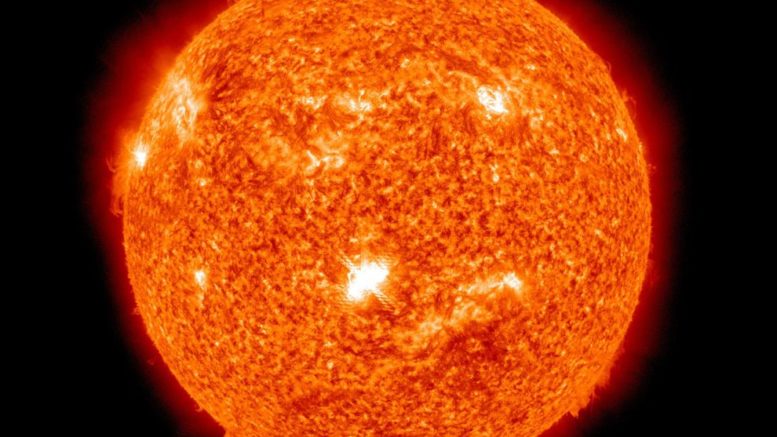In September 2020, NASA announced that they could say the sun had entered solar cycle 24, and the start of solar cycle 25. This brought up some questions surrounding the solar cycle. What exactly is a solar cycle? What happens to the sun during each cycle and what can the cycles tell us about the sun?
The solar cycle or solar magnetic activity cycle is a nearly periodic 11-year change in the Sun’s activity measured in terms of variations in the number of observed sunspots on the solar surface. Sunspots have been observed since the early 17th century and the sunspot time series is the longest continuously observed (recorded) time series of any natural phenomena.
In each solar cycle, there will be a solar maximum and a solar minimum. During solar maximums, there will be increases in the total number sun spots on the surface or the sun, whereas solar minimum will see a decrease in the number of sunspots active at one time. Tracking the number of sun spots is crucial to life on earth and space exploration, as the number of sunspots can help indicate solar activity and space weather. Understanding space weather is crucial as during solar maximum, there is a greater chance of aurora that could damage satellites in orbit and cause potential health considerations for future and current space missions.
NASA and other agencies have had years to understand how space weather interacts and protects the Earth, but as humanity sends manned missions to other celestial bodies in the solar system, knowing the solar cycle is crucial. It will help mitigate exposure of those on the missions to harmful solar radiation, which could increase cancer risk and pose other health risks.
As humanity has gotten better at understanding and predicting solar cycles, this understanding will help improve the resiliency of satellites and astronaut protection. However, there is still much to earn and understand as this work remains one of the grand challenges in astrophysics with major ramifications for space science and the understanding of magnetohydrodynamic phenomena elsewhere in the universe.

Leave a comment